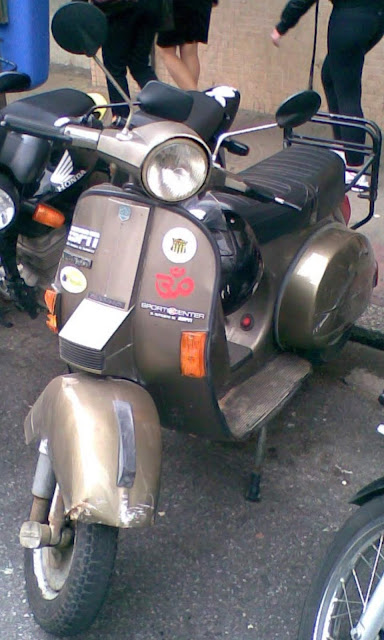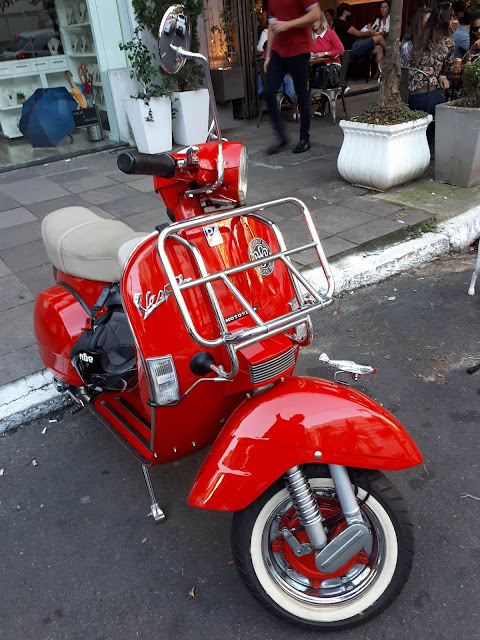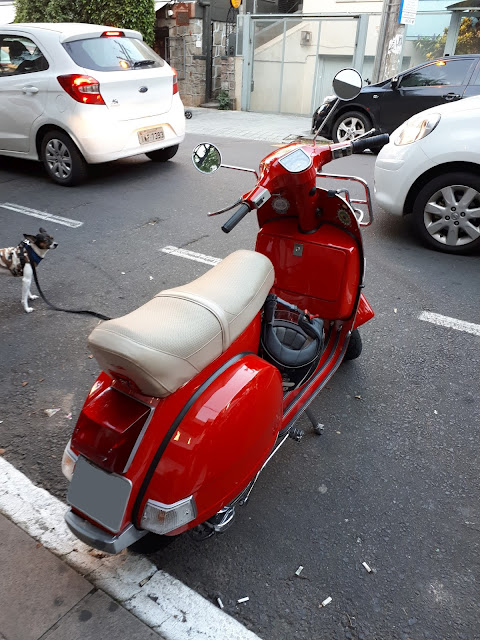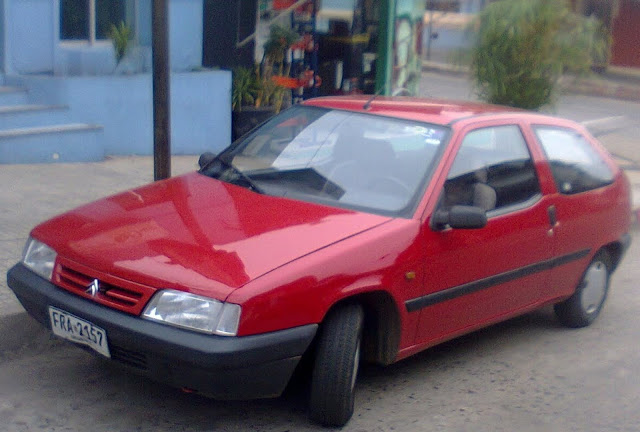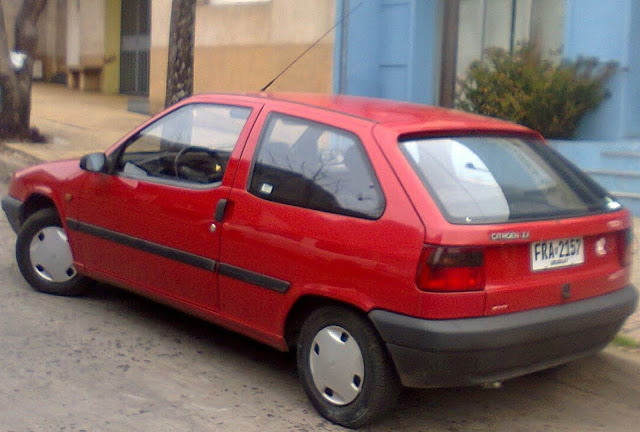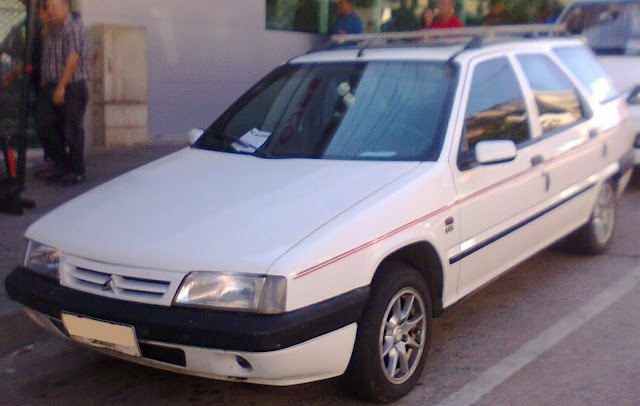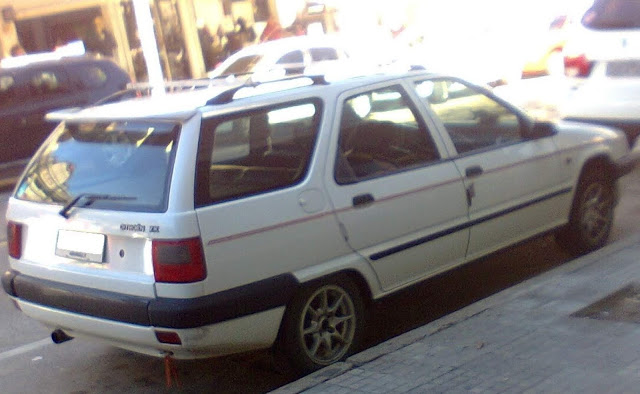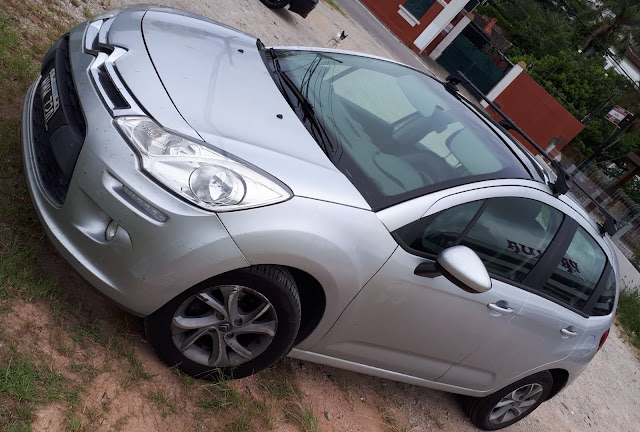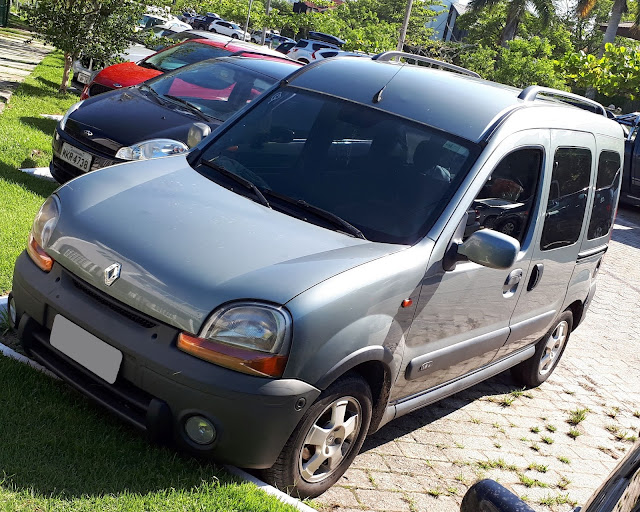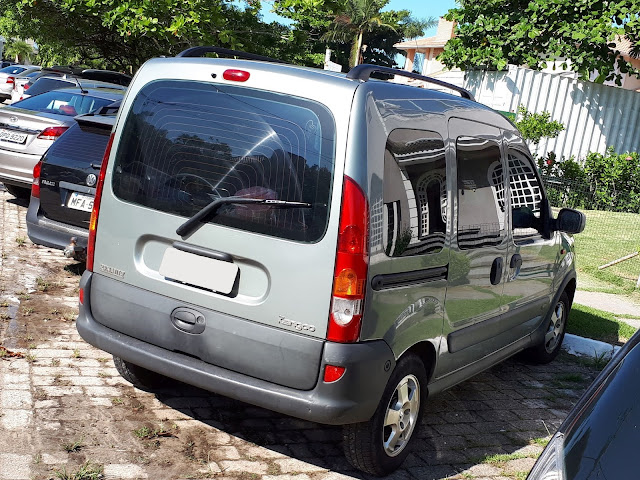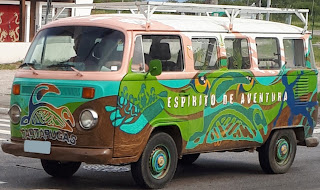Wednesday, August 26, 2020
Is a ban on 2-stroke motorcycles an effective option to deal with air pollution?
Sunday, August 23, 2020
5 reasons why Volkswagen's attempts to get rid of naturally-aspirated engines haven't been so effective
1 - cost: even though in Brazil the Polo has a more prestigious approach than in Europe where it's seen as an entry-level model (disconsidering smaller vehicles which may not be suitable to serve as a family car), both markets are inviting to the 1.0 MSI, while in Brazil a recent increase in demand for automatic transmissions is also favoring the 1.6 MSI which is more affordable to manufacture than the 1.0 TSI. In some countries supplied by the Brazilian-made Polo, not even the hi-tech approach could favor the TSI, as the absence or non-applicability of displacement-biased taxations render it somehow cost-prohibitive compared to the 1.6 MSI;
2 - suitability to alternate fuels: while the direct injection may benefit the usage of ethanol, as it not only increases cold starting ability but also allows a higher compression ratio which otherwise could be troublesome while using gasoline, it becomes more expensive to convert to gaseous fuels. Even though LPG can be injected at the liquid phase through the stock fuel rail and injectors of the TSI engine when fitted with a suitable conversion kit, CNG requires either specifically-designed injectors which allow liquid-phase injection for gasoline and vapor-phase injection for natural gas replacing the stock ones or mounting the CNG injectors bridge at the intake manifold for port injection while a smaller volume of gasoline direct injection is still required in order to keep the stock injectors cooling and lube as they are directly exposed to the flame spread. When it comes to ethanol, the electric pre-heating of fuel became a standard for port-injection flexfuel cars in Brazil as a cold starting aid, somewhat analogue to what has already been done on Diesel engines which relied either on glowplugs located at the cylinder head or grid heaters at the intake manifold;
3 - maintenance: turbocharged engines are still perceived to be more sensitive to factors such as lube oil quality, even though using a lower-grade oil in a modern naturally-aspirated engine is not exactly a good idea too. And even though turbocharging technology also had to evolve at a high pace due to the prevalence of start-stop on newer cars in order to address tighter fuel-economy regulations in Europe and Japan also leading to more demanding conditions for the lubrication system, the higher thermal loads to which a turbocharged engine is submitted are undeniable. A lower cost of replacement parts for the fuel system of a port-injection engine is also valued by budget-conscious buyers;
4 - turbo-lag: nowadays it's not so critical as it used to be when downsizing started to be more closely observed as a step toward a future that didn't materialise, but the turbo-lag is still often pointed out as a determining factor for turbocharging to not become so widespread on entry-level compact cars. On the other hand, models above the Polo and its derivatives now feature only turbocharged engines which may be smaller in displacement than the 1.6 MSI such as the 1.4 TSI yet the low-end performance is not so bad even though it still takes longer to reach full boost in Mexico City than in Cancún due to the lower atmospheric pressure inherent to a higher altitude;
5 - a conservative public: in the markets where Volkswagen failed to promote downsizing throughout its entire range, the acceptance of turbocharged engines remaining more concentrated around models and versions within classes above the Polo, which renders it easier to find out the appeal of natural aspiration for conservative buyers who look at Volkswagen for an all-around commuter instead of some sportier model which would be supposed to require a more specialized maintenance.
Monday, August 03, 2020
Volkswagen Up taxi: a highlight to some controversial aspects of most taxi regulations in a worldwide basis
Even though the extent of the success of Volkswagen's approach to feature the Up as a replacement for the Beetle is quite arguable, the few times I saw one in taxi livery it obviously reminded me the story of the so-called "táxi mirim" role the Beetle played in some Brazilian cities until it eventually took over a considerable amount of the market share for taxis to ultimately setting a new standard. Sure I would not hold my breath for the same happening with the Up, but its city-oriented design and small size may be a good asset for some taxi operators looking for better maneuverability on tight spaces and fuel economy. The small cabin and limited luggage capacity might become an issue, to which a more conventional taxi usually with a sedan bodystyle addresses more effectively, but it's not totally pointless to consider some minimalist approach which can also be related to the "autorickshaw" or "tuk-tuk" popularity throughout Asia providing some competition to taxis. Under some circumstances, a downsizing may turn into the most effective way to keep operating costs reasonable once the competition becomes fierce from Uber and other new modes of transport service, even though not reaching the same extent of compactness of a "tuk-tuk" for example. So, while it may not defeat a conventional taxi, a smaller car such as the Volkswagen Up might still have its effectiveness for both operator and customer depending on their priorities.
Sunday, August 02, 2020
5 French cars that could have been reasonably served by the Perkins 4-108 engine
1 - Peugeot 309: this one had even been assembled in England, so a Perkins engine could not seem so outrageous at all. Sure the gear-driven cam-in-block and 3-bearing crankshaft design would be seen as too outdated compared to the 1769cc XUD7 engine which besides having more 9cc had a belt-driven overhead camshaft and a 5-bearing crankshaft, and also had a noticeably higher torque throughout all the RPM range, not to mention the 1905cc XUD9 which was offered in the 309 too, but when we take a look at the gasoline-powered engines the old Perkins may still fare better than both a 1118cc version of the Simca Poissy engine rechristened as PSA E1A that only started to get better torque than the Perkins after both engines surpassed 4200 RPM which is too close to the 4400 RPM rev limit of the Perkins and means any performance advantage would be negligible through most of the operating of both engines. Even the 1294cc Poissy rechristened as G1A would only beat the 1760cc Perkins 4-108 above 3200 RPM, so for most normal driving circumstances the "agricultural" nature of the Perkins would not be a problem at all;
2 - Citroën ZX: this model has been also made in Spain, where the Perkins 4-108 used to be a popular powerplant for taxis and light-duty utility vehicles, and assembled in Uruguay in a time when Diesel engines were more favored. The agrarian tradition of Uruguay, well-known for its high-quality beef, could be a good excuse to promote a higher acceptance of such a rugged engine which had been fitted to small farm tractors, while the reliance on imported parts would make it quite easy to assimilate the idea of a different engine for some Uruguayan-assembled versions of the Citroën ZX. And even though the Perkins 4-108 would eventually be outperformed by all the gasoline-powered and Diesel engines originally fitted to this model, it would not be absolutely underpowered;
5 - Renault Kangoo (1st generation): with the lowest-grade gasoline-powered engine fitted to it being the 1149cc D7F and the entry-level Diesel option being the 1870cc F8Q with natural aspiration and indirect injection, the Perkins 4-108 could be eventually justifiable in countries such as Uruguay where it was assembled from CKD kits by Nordex under contract until 2002. While the D7F would only outperform the Perkins once it surpassed 4000 RPM, the F8Q actually does it at every RPM, even though the displacement which is 110cc greater and the OHC head clearly give it an advantage.




